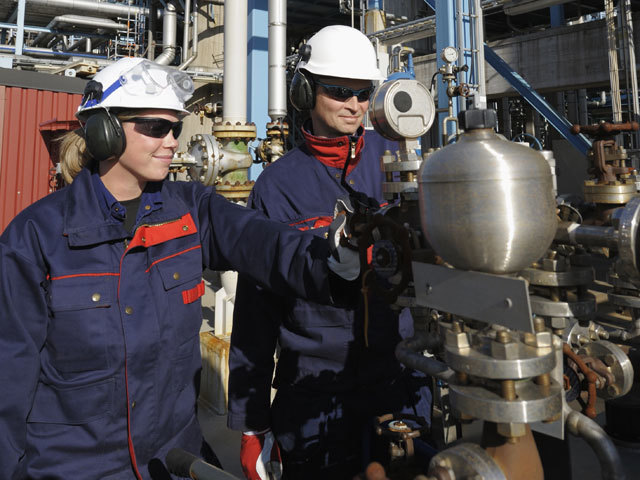
It is no news that the times of “easy oil” in the North Sea are well and truly over.
As the energy industry battles numerous challenges with ageing assets and difficult drilling conditions, one particular obstacle seems to be immune to the passing of time and technological developments: Its male-oriented image.
A lack of women in the sector has been an issue growing in the industry’s conscience – but despite that, no more than 5% of the workforce is female, with a small proportion in key managerial positions.
The term “breaking the glass ceiling” has become a sort of a mantra for the few women who are, indeed, keen on progressing their careers in the energy industry.
But there is also a more pressing issue, not unrelated to the looming threat of a major skills gap in the sector – namely a lack of female school-leavers pursuing an energy career.
Numerous interviews with industry figures proved the topic was high on the sector’s agenda, yet there is still little movement towards change.
“When I came into the industry seven years ago you saw a number of women, but it was mainly in support-type roles and very few roles actually held by women in senior positions,” said Morven Spalding, skills development director at Opito.
“That’s changed actually now but it’s still pretty endemic across the industry.”
To understand why the industry is still struggling with completing its transition into the 21st century, we spoke to women passionate about energy about how they got to where they are today, and what challenges they met along the way.
Their stories are told in our documentary, Breaking Boundaries: Women in Energy, which you can find below.
It forms part of a year-long series by The Press and Journal’s Energy supplement on women in upstream oil and gas, which will aim to highlight the critical role of women in the industry.
“There’s a huge pull of talent out there and we need more women in the workplace,” said Spalding – one of the Breaking Boundaries’ interviewees.
“We need to get rid of this male dominated perception of the industry and more women coming into the blend will just make us even more successful than we’ve been already.”
Recommended for you
